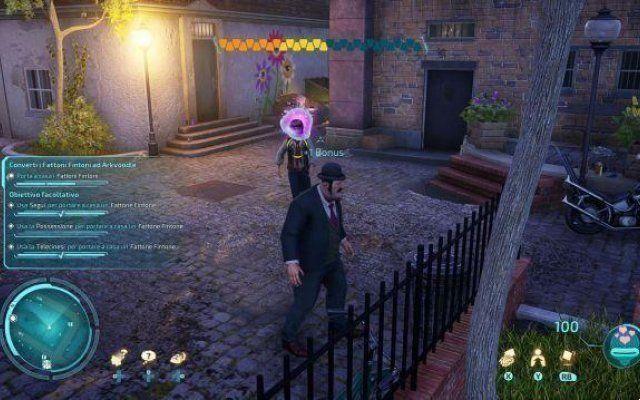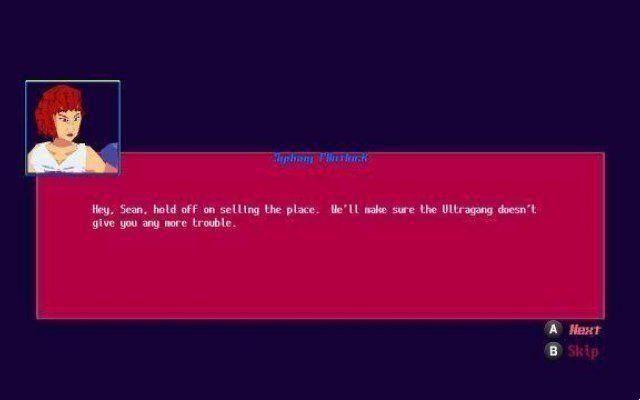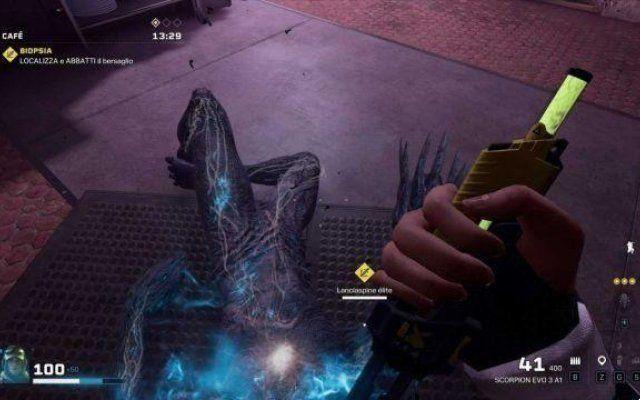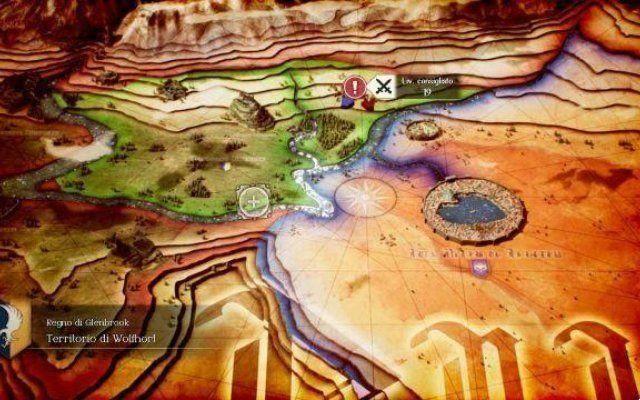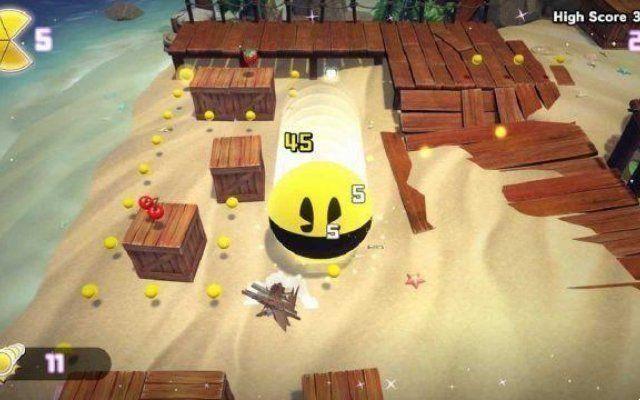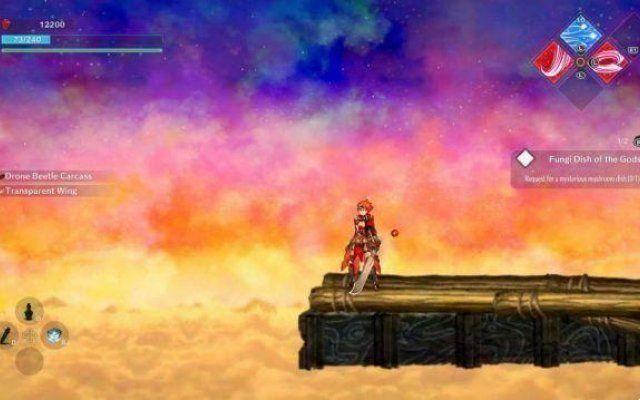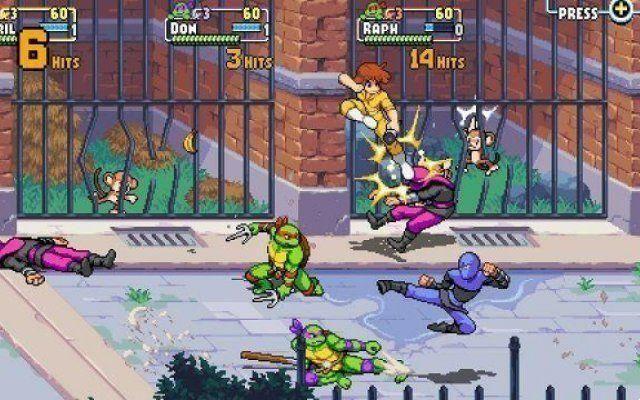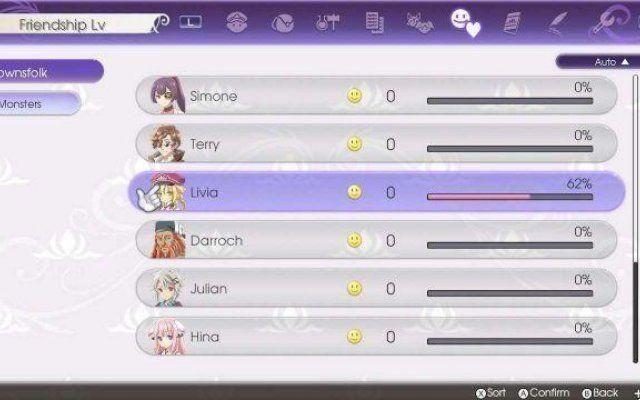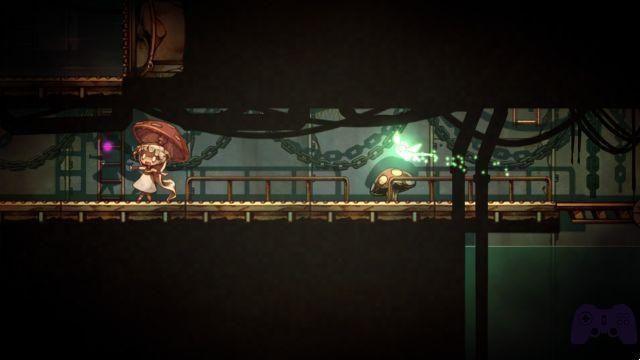
Just as Idea Factory International is bringing their publications one after another to Steam, NIS America has begun the same process in recent months starting with Disgaea. For some weeks it has also happened to htoL # NiQ: The Firefly Diary, originally released on PlayStation Vita in 2015, now also available on PC at a price of 14.99 €.
The review will focus, as usual, on the result of the PlayStation Vita to PC conversion. Click here to read the review on the original version.
The diary of the fairies
htoL: NiQ: The Firefly Diary begins with Mion awakening, the protagonist, without memories and in a landfill. You will immediately get to know Lumen, a firefly that will allow the player to move through the game levels. A few minutes later, Lumen will be joined by Umbra, another firefly that is capable of moving exclusively in the shadows. With their help, you will have to bring Mion to the end of each level, facing numerous enemies and riddles to solve. The game, in fact, is structured with the mechanics of a two-dimensional platform-adventure, in which the protagonist can be piloted through Lumen along the paths that characterize the various levels. It is thus possible to move crates, climb / descend stairs, collect objects or stop if necessary. In reverse, Umbra will be able to move in the shadows generated by the various constructions, allowing you to perform useful actions thanks to the possibility of interacting with levers and buttons. To reach the end of a level, it will be necessary to avoid the enemies present and solve puzzles, not at all simple, in which timing will be the key. Before understanding how to proceed it will be necessary to make several attempts to at least get to understand the solution. However, this will not be enough, as a second of delay, as well as a single centimeter in excess, could lead to the premature death of Mion, effectively making timing and precision the key to success. The story is structured in chapters, at the end of which there will be a boss to be faced with roughly the same mechanics that characterize the exploration of the proposed mazes. Finally, it will be possible to find within the game world a series of collectibles that will show, in pieces, the memories of our protagonist.
Shade infamous for you only blades
The PC version of The Firefly Diary has some differences from the PlayStation Vita version. First of all, has been increased out of all proportion the number of checkpoints present, to help the player in what otherwise would certainly have been a nightmare for many due to its considerable difficulty. As for the controls, however, it will be possible to choose between three different possibilities. By choosing to use the controller there are no substantial differences compared to the analogous mode on the Sony laptop, with the same advantages and the same defects, including the slight delay in the activation of Umbra, a problem already known (and reported) but left as it was originally. The same applies to the use of the mouse which is a substitute for the touch controls (used by us on PS Vita). The third and last possibility, the one that on PC is probably the best possible choice, involves the combination of mouse and keyboard, even if the latter is of little use. By holding down the left button, in fact, it will be possible to move Lumen, and consequently Mion, while with a right click Umbra will be activated: the keyboard will only be used to open the menu containing the game options and some other items.
A truly convincing atmosphere
The Firefly Diary boasts beautifully crafted 2D artwork that can be admired in all their beauty at 1080p with a framerate set at 30fps in this PC port. The very low system requirements, visible further down, allow practically anyone to be able to get the most out of the various settings proposed. As mentioned above, The Firefly Diary is structured on two dimensions, but when you relive the memories of Mion, made in pixel art, the scene switches instead to an isometric view.
MINIMUM:
Operating System: Windows 10 / 8.1 / 7 / Vista
Processor: Intel Core i3-2310M 2.10 GHz
Memory: 2 GB of RAM
Video Card: Intel HD Graphics
DirectX: Version 11
Memory: 2 GB of available space
Audio card: Realtek HD Audio
RECOMMENDED:
Operating System: Windows 10 / 8.1 / 7 / Vista
Processor: AMD A10-5800K APU
Memory: 2 GB of RAM
Video Card: NVIDIA GeForce GTX 560 Ti
DirectX: Version 11
Memory: 2 GB of available space
Audio card: Realtek HD Audio
The soundtrack is stripped down to the bone, mainly favoring the “natural” sounds produced by the surrounding environment. The same goes for the dialogues, completely absent except for the first part of the game which serves as a tutorial, a diametrically opposite decision compared to other productions of the software house, and often a cause for criticism. Alongside the English language there is also the original Japanese, although it is difficult to think that anyone in the West could decide to use it.
Verdict 7/10 #iotiinQulo, again Comment htoL # NiQ: The Firefly Diary is a good opportunity for PC players to recover a low-cost platform-adventure that is able to offer several hours of challenge and entertainment. Although the nature of the controls may overly point out its origin on a portable console, the mouse-keyboard combination will certainly be forgiven, as well as the increase in checkpoints. The difficulty remains essentially the same, but at least The Firefly Diary turns out to be less punishing and, consequently, more affordable in general. Pros and cons ✓ Artistic sector
✓ Mouse-keyboard combination
✓ More checkpoints
✓ High difficulty ... x ...Maybe too much
x Some controls (yet) to be reviewed




